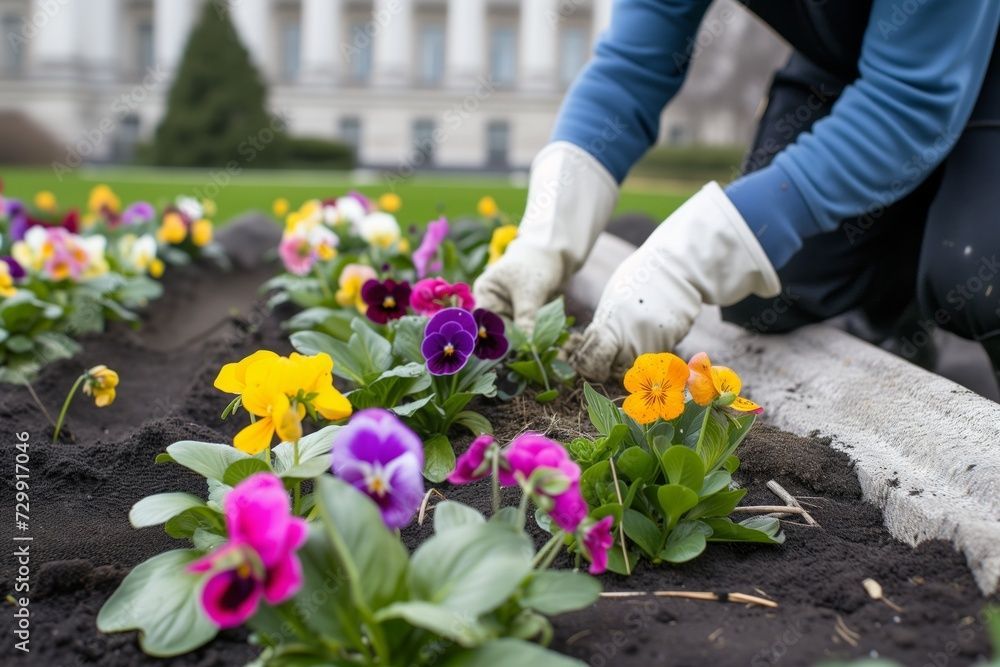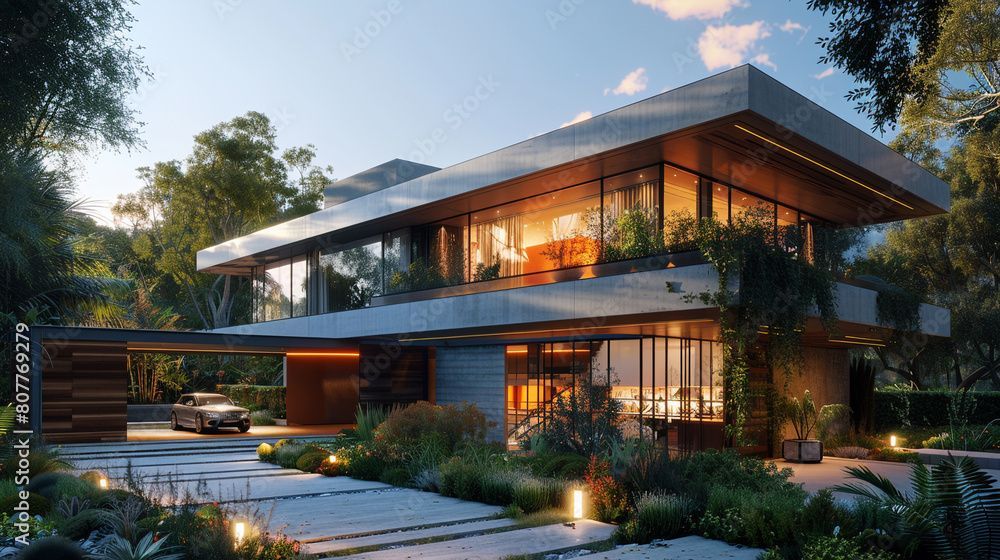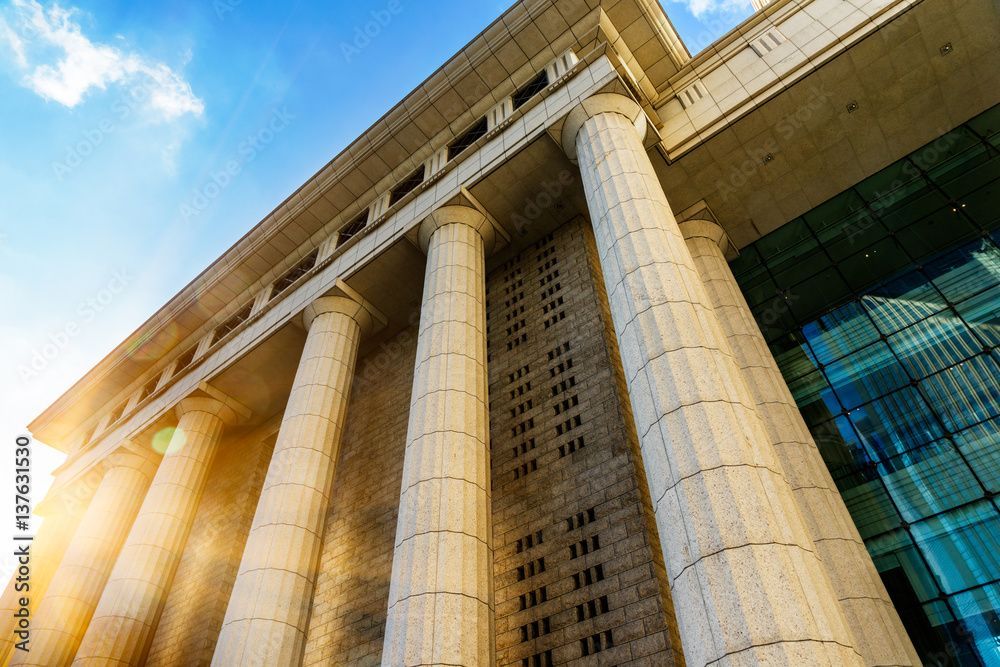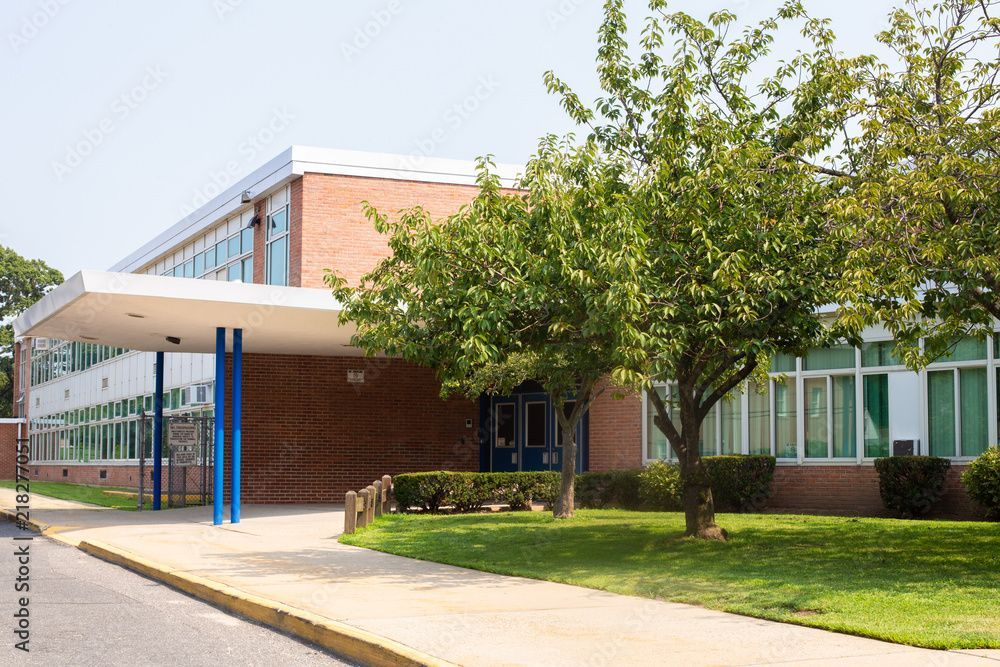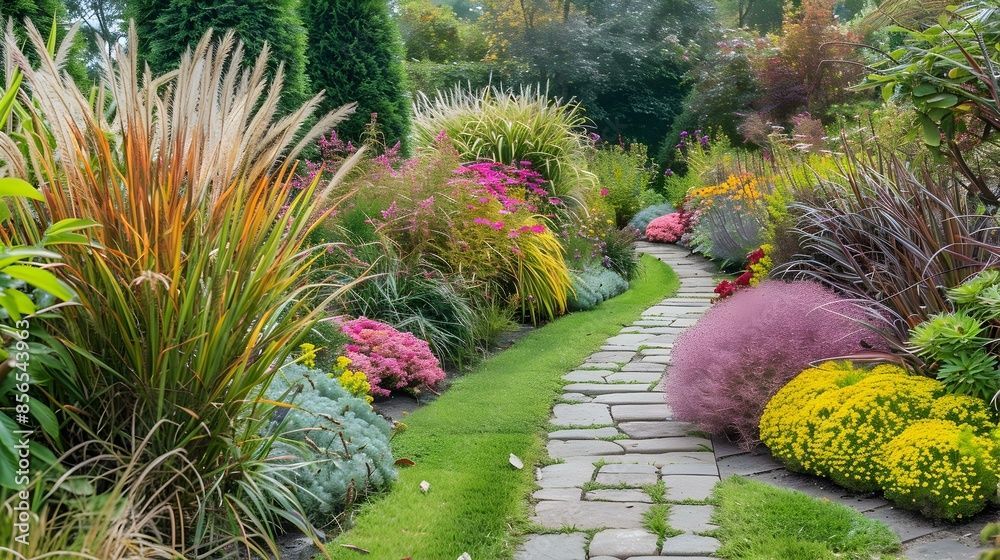Innovative Landscape Design: Top Trends for Professional Gardeners
Staying ahead of design trends is crucial for professional landscape gardeners. In 2024, several innovative trends are set to shape outdoor spaces, reflecting growing environmental awareness, technological advancements, and changing aesthetic preferences. Here’s a guide to the top landscape design trends to inspire your projects and delight your clients.
1. Sustainable Landscaping
Sustainability remains a key focus in landscape design. Clients are increasingly seeking eco-friendly solutions that reduce water usage, support local wildlife, and minimise environmental impact.
Key Elements:
- Native Plantings: Using native plants that are adapted to the local climate and soil conditions reduces the need for water and maintenance.
- Rain Gardens: Designing gardens that capture and utilise rainwater helps to manage stormwater runoff and supports local ecosystems.
- Composting: Incorporating composting areas into landscape designs encourages organic waste recycling and enriches soil health.
2. Smart Gardens
Technological integration in gardens is becoming more popular, offering convenience and efficiency in garden management.
Key Elements:
- Automated Irrigation Systems: Smart irrigation systems that adjust watering schedules based on weather conditions help conserve water and maintain healthy plants.
- Garden Monitoring: Sensors that monitor soil moisture, temperature, and nutrient levels provide real-time data to optimise plant care.
- Lighting Control: Smart lighting systems allow for remote control and automation, enhancing garden aesthetics and security.
3. Edible Landscapes
Combining ornamental plants with edible varieties is a trend that caters to the growing interest in sustainable and self-sufficient living.
Key Elements:
- Fruit Trees and Bushes: Incorporating fruit-bearing plants like apple trees, blueberry bushes, and grapevines into landscapes provides aesthetic beauty and edible rewards.
- Herb Gardens: Designing dedicated herb gardens or integrating herbs like basil, rosemary, and thyme into flower beds offers both culinary benefits and attractive foliage.
- Vegetable Beds: Raised vegetable beds or mixed vegetable and flower borders enhance visual appeal while supplying fresh produce.
4. Outdoor Living Spaces
Creating functional outdoor living areas continues to be a significant trend, with more clients seeking to extend their indoor lifestyle into their gardens.
Key Elements:
- Outdoor Kitchens: Fully equipped outdoor kitchens with grills, sinks, and countertops enable clients to cook and entertain outside.
- Fire Pits and Fireplaces: Adding fire features creates a focal point and extends the usability of outdoor spaces into cooler months.
- Comfortable Seating Areas: Designing areas with comfortable seating, pergolas, and shade structures encourages relaxation and social gatherings.
5. Biodiversity Gardens
Designing gardens that support a wide range of plant and animal species is becoming increasingly popular.
Key Elements:
- Pollinator Gardens: Planting flowers that attract bees, butterflies, and other pollinators helps support biodiversity and ensures healthy ecosystems.
- Wildlife Habitats: Creating habitats with native plants, water features, and nesting sites attracts birds, insects, and small mammals.
- Naturalistic Planting: Using a mix of grasses, wildflowers, and shrubs to create a more natural, less manicured look that supports diverse wildlife.
6. Minimalist Design
Simplicity and elegance are the hallmarks of minimalist garden design, focusing on clean lines, essential elements, and a restrained colour palette.
Key Elements:
- Geometric Shapes: Using geometric shapes in garden layouts, paving, and plant arrangements creates a modern and orderly appearance.
- Monochromatic Plantings: Selecting plants in shades of green or a limited colour palette enhances the minimalist aesthetic.
- Functional Hardscaping: Incorporating sleek, functional hardscape elements like stone pathways, concrete planters, and minimalist water features adds structure and style.
Implementing These Trends
1. Client Consultation: Understanding your client's needs, preferences, and lifestyle is crucial. Use these trends as inspiration and adapt them to create personalised designs that meet their expectations.
2. Sustainable Practices: Educate clients about the benefits of sustainable landscaping and incorporate eco-friendly practices into your designs. Highlight the long-term savings and environmental benefits.
3. Technology Integration: Stay updated on the latest garden technologies and consider how they can enhance your projects. Offer clients options for smart irrigation, lighting, and monitoring systems.
4. Design Versatility: Blend aesthetics with functionality by creating multi-purpose outdoor spaces. Incorporate edible plants, comfortable seating, and elements that support biodiversity to add value and appeal.
5. Ongoing Education: Continuously educate yourself on emerging trends, new plant varieties, and innovative design techniques. Attend industry events, workshops, and seminars to stay at the forefront of landscape design.
By embracing these innovative landscape design trends, you can create stunning, functional, and sustainable outdoor spaces that exceed your clients' expectations and set your business apart.
Contact Us: For more information on our plant offerings and how we can support your landscaping projects, please contact us at 0800 987 5201 or email enquiries@ukwholesaleplants.co.uk.








